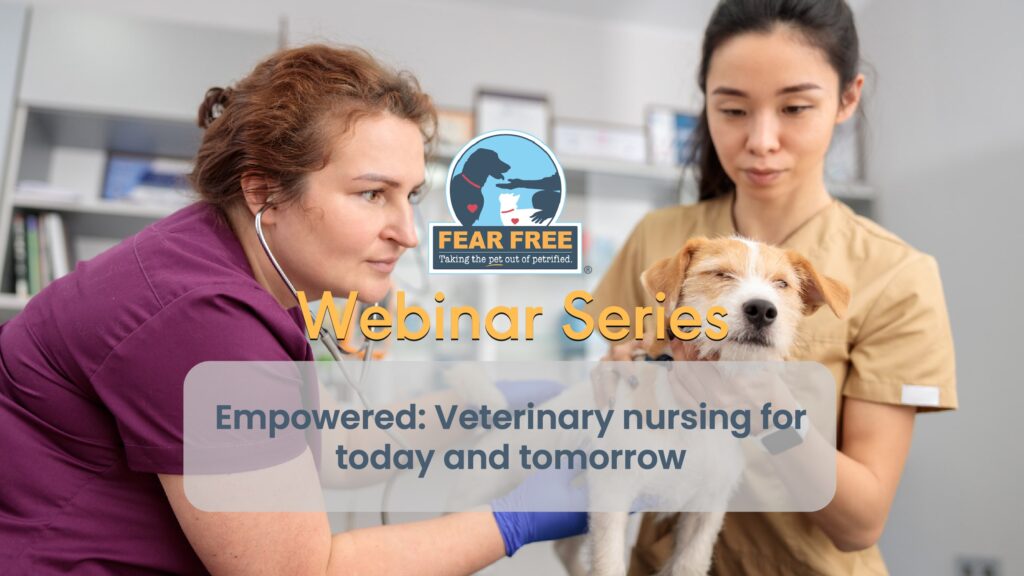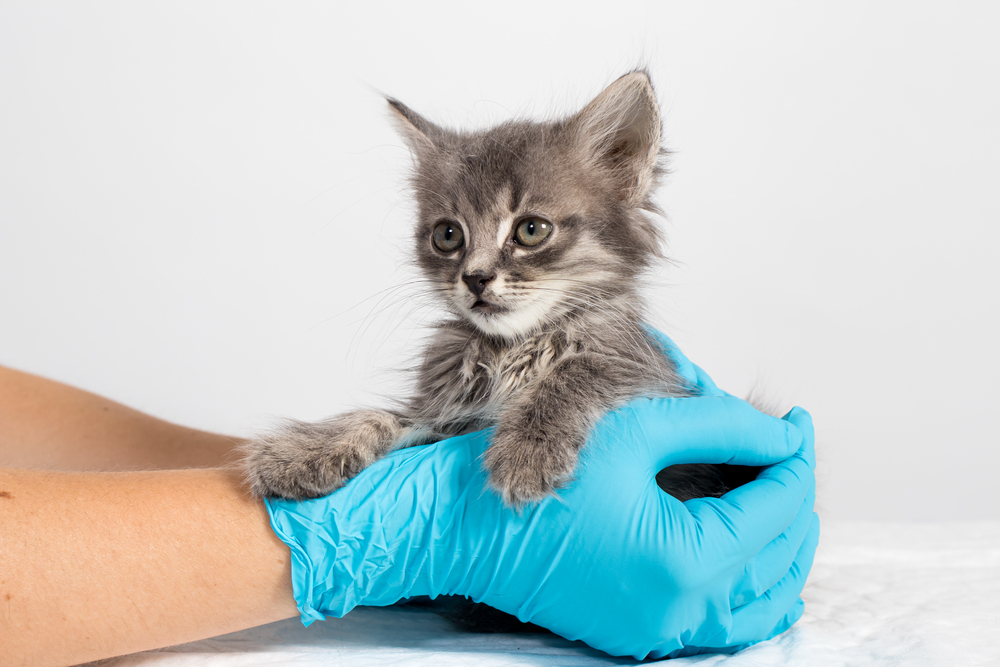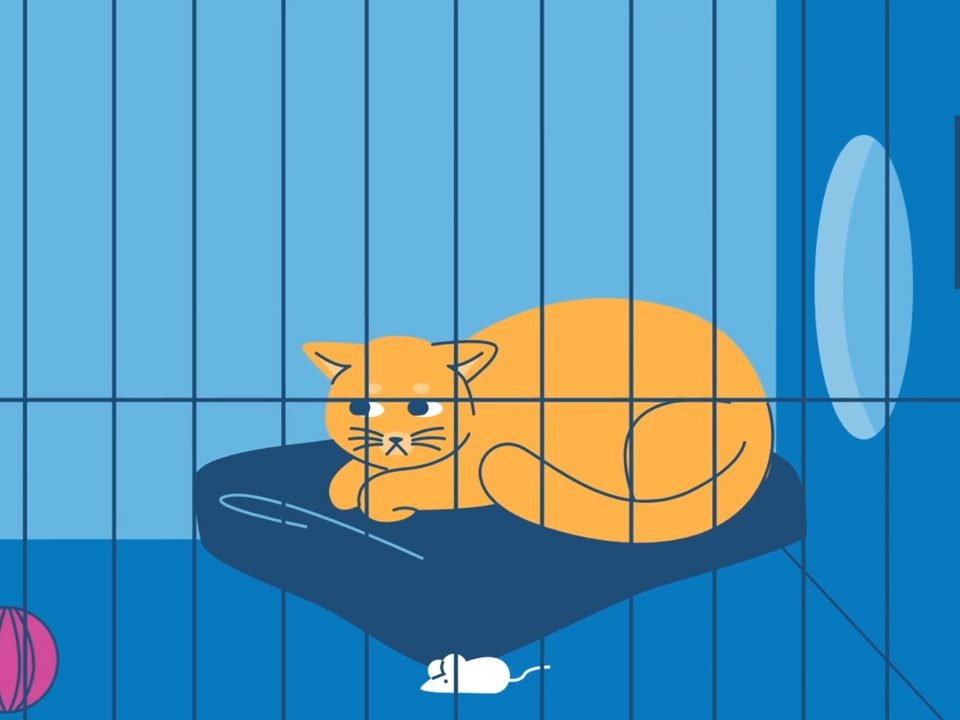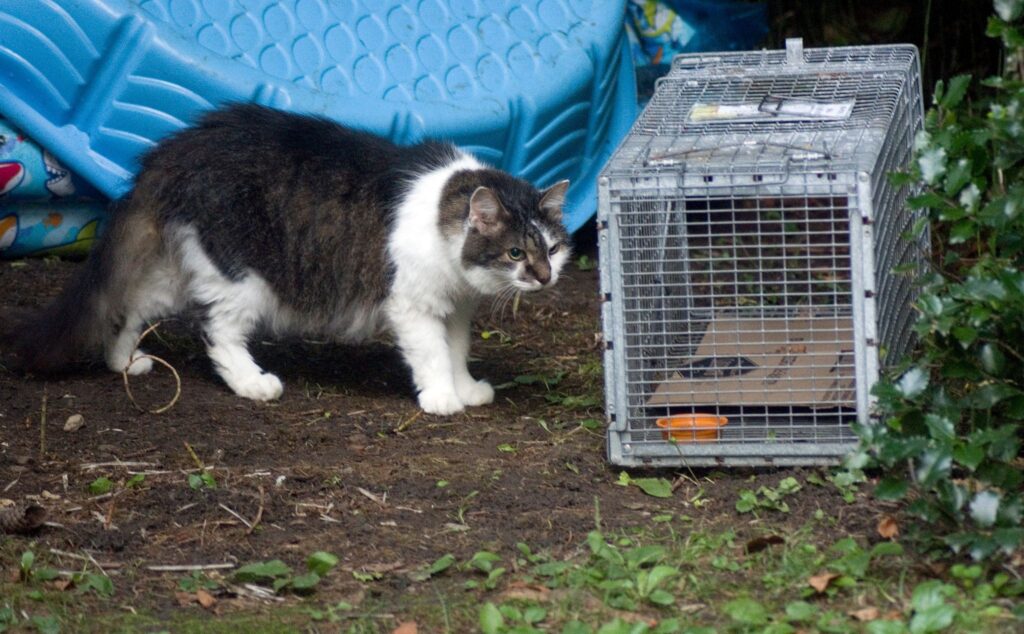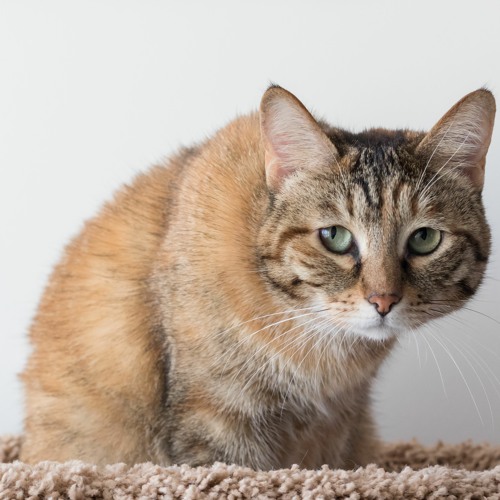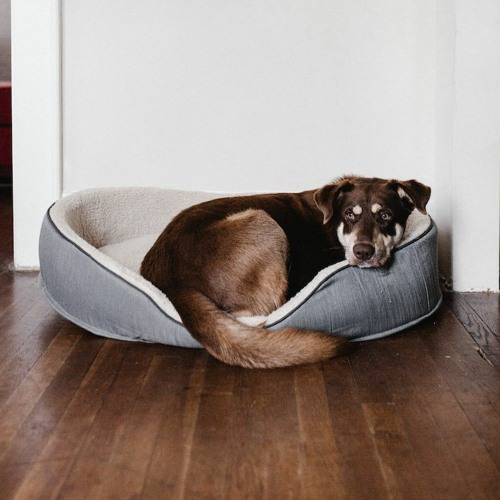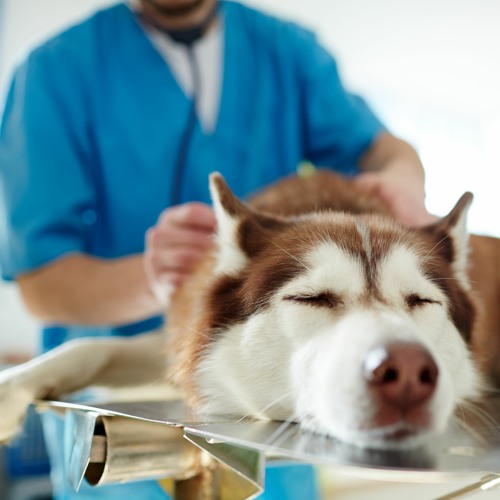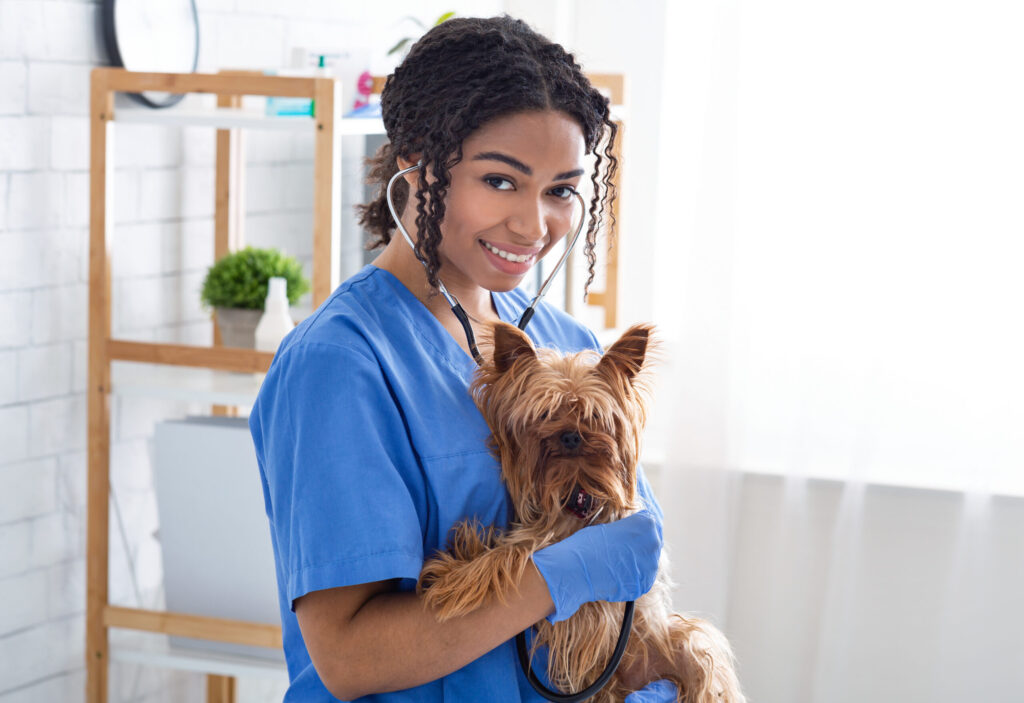
Due to the increased incidence of travel and remote work career options, the United States is experiencing spread of heartworm prevalence throughout the country. Despite our best intentions, our pet parents are still unclear on the severity of the disease and the importance of maintaining proper heartworm prevention.
Here are five ways to help increase your client compliance and decrease the incidence of heartworm disease in your area:
- Discuss heartworm prevention at every visit for every pet.
Veterinarians and veterinary staff recognize the importance of discussing heartworm prevention at puppy appointments. However, often we forego discussing it during adult and senior canine patient visits. The AHS reports that only 37 percent of the U. S. canine population is on heartworm prevention!3 This is a staggering number, and it is our job to educate our clients on the importance of prevention for every pet, year-round. We must make it a point to have this discussion with them at every visit and reinforce the importance of prevention rather than treatment.
- Cats get heartworms, too!
Too often we neglect to have this important conversation with our feline pet parents. Fewer than 5 percent of cats are on heartworm prevention3. Most feline pet parents do not think about their cat being at risk, since most of them are indoor-only pets. It is important to have open discussions with cat owners about the spread of heartworms. Educating them that even “indoor” cats are still at risk for mosquito bites and heartworm disease can help reduce the incidence within our feline population. Pet owners may not be aware that there are multiple options for adequate heartworm prevention in cats that do not include giving an oral medication; something we know that causes lower compliance rates in cat owners.
- Heartworms travel and so do our pets.
The last few years have seen an increase in the number of remote workers, as well positions that require travel across state lines. Our pet owner population now looks at their dog companions as part of the family who often travel with them. As veterinary professionals, we can no longer rely on heartworm incidence maps as they relate to our direct location since our patients are traveling on a regular basis. Heartworm disease has now been diagnosed in all 50 states and without proper education our pet parents may not be aware that they are unintentionally putting their pets at risk. Be sure to ask questions about travel, including vacations as well as work travel, and be sure that pet owners understand that all pets, in all states, are at risk for contracting heartworms.
- Ensure that pet parents are regularly giving heartworm prevention.
When I was in practice, I was always in awe of the fact that most pet owners had an ample supply of heartworm prevention at home, yet our records indicated they should need to buy more. This is often because most pet owners only give their pet’s heartworm prevention one-third of the time. With the numerous options available on the market today, there is an option available for every pet parent to become compliant with their pet’s prevention routine. Discuss different prevention options and gauge what your client feels they can be most consistent with. By opening the conversation and talking through what works best for them, you increase your veterinary-client bond while simultaneously reinforcing the human-animal bond.
- Recommend heartworm testing annually.
Despite everyone’s best intentions, sometimes doses of prevention get missed, and it’s our job to help our pet parents provide the best medical care for their pets. Recommend yearly heartworm testing to ensure that their pet is free of heartworm disease. Make obtaining the blood sample a Fear Free experience by using a Considerate Approach through positive rewards such as delicious treats or petting and using small-gauge needles to minimize discomfort. My staff was great at using insulin syringes to obtain the minimal amount of blood necessary to perform this annual test while the pet parent offered the patient treats. Most of our patients did not even realize venipuncture had occurred! Remind owners that unless we test, we won’t know, and that it’s just as important to monitor for heartworms as it is to prevent them.
It only takes one bite from an infected mosquito to transfer heartworms to a cat or dog. Let’s join with our pet parents to ensure that all our canine and feline patients are well protected.
Resources
- American Heartworm Society, 2023; https://www.heartwormsociety.org/
- American Heartworm Society Incidence Map, April 11, 2023
- The Truth About Cats and Dogs, American Heartworm Society
This article was reviewed/edited by board-certified veterinary behaviorist Dr. Kenneth Martin and/or veterinary technician specialist in behavior Debbie Martin, LVT.
Want to learn more about Fear Free? Sign up for our newsletter to stay in the loop on upcoming events, specials, courses, and more by clicking here.
